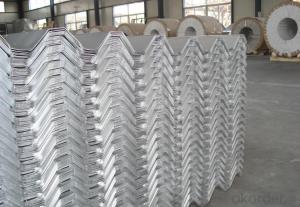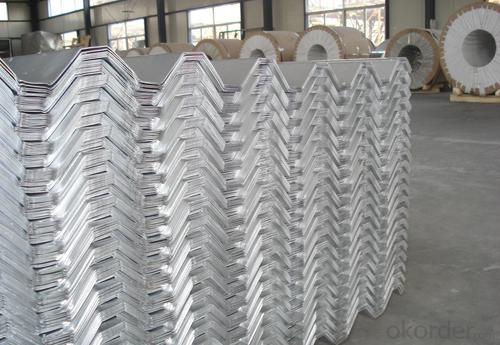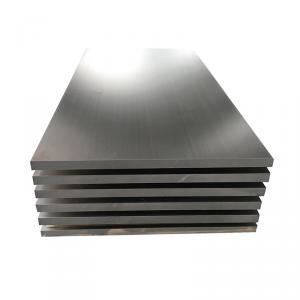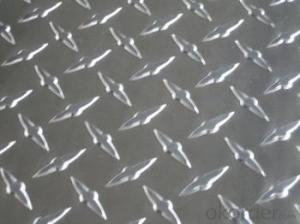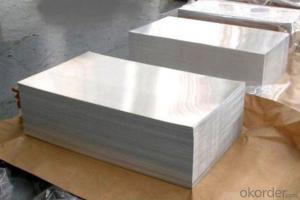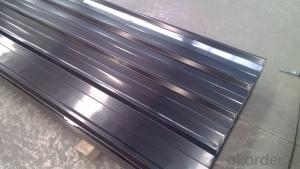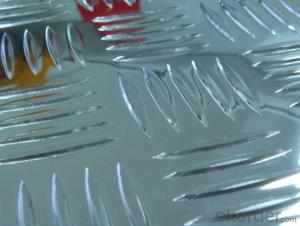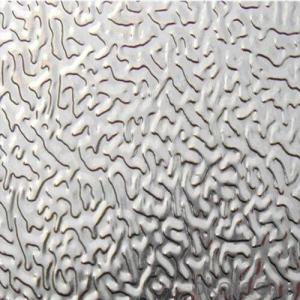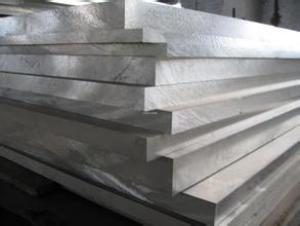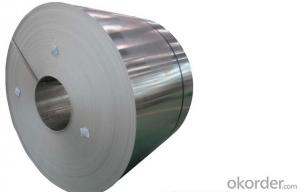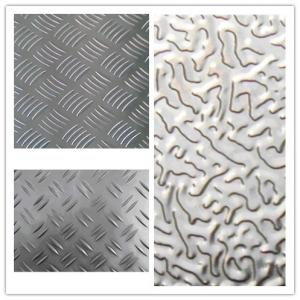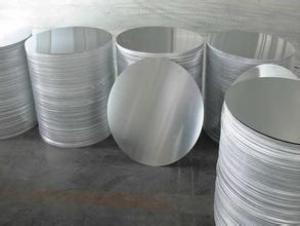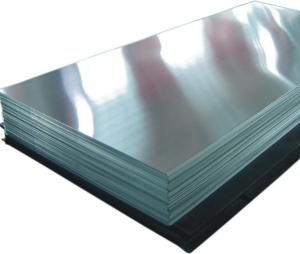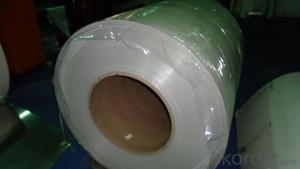Aluminum Sheets Houston for Extruded Aluminum Plate in Architectural Applications
- Loading Port:
- Tianjin
- Payment Terms:
- TT OR LC
- Min Order Qty:
- 5 m.t.
- Supply Capability:
- 60000 m.t./month
OKorder Service Pledge
OKorder Financial Service
You Might Also Like
Specification
Extruded Aluminum Plate For Architecture Application
Specifications
Alloy NO. | Thickness | Width | Length | Production line | Circulation size |
1050 1060 1100 3003 | 0.3-9.5mm | 800--2200mm | 1000--10000mm | DC,CC | 1220*2440mm 1250*2500mm 1500*3000mm 1000*2000mm
|
5052 5083 5454 5754 5086 | 0.5-150mm | 800--2200mm | 1000--6000mm | DC | |
6061 | 5-150mm | 800--2200mm | 1000--10000mm | DC | |
7075 | 6-150mm | 800--2200mm | 1000--10000mm | DC | |
Packing | Stick blue film→plastic film→waterproof paper→1~2 tons on a export standard pallet(corner protection) | ||||
Application | decoration:ceilings,walls,furniture,cabinets,elevators,signs,name plate, transportation, cookware, household appliances:refrigerators,microwave ovens, machinery, mold making,aerospace and military aspects, auto, PP cap , construction etc | ||||
Standard | Chemical Composite: GB/T 3190-2008, JIS, EN, ASTM | ||||
Mechanical Property: GB/T 3880.2-2012, JIS, EN, ASTM | |||||
MOQ | 5TONS | ||||
Kind attention | Specifications can be customized as the customer’s requirements | ||||
Application
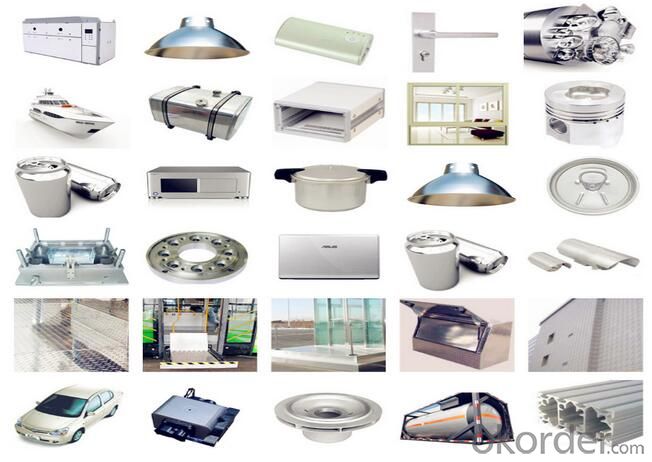
Packing
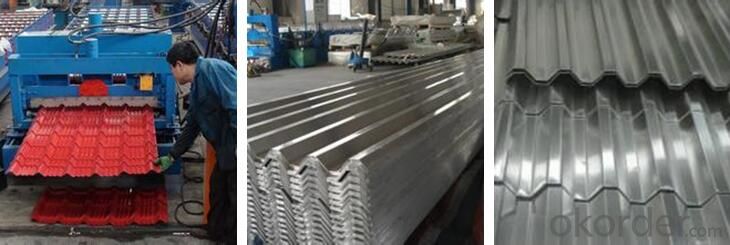
FAQ
Q: Can you provide free samples?
A: Yes, free samples will be sent to you on freight at destination.
Q: Can I get your latest catalogue?
A: Yes, it will be sent to you in no time.
Q: What are your payment terms?
A: We accept L/C, D/A, D/P, T/T, West Union, etc
Q: Can you provide free samples?
A: Yes, free samples will be sent to you on freight at destination.
Q: Can I get your latest catalogue?
A: Yes, it will be sent to you in no time.
Q: What is the MOQ?
A: 5 tons.
- Q: Can aluminum sheets be used for furniture manufacturing?
- Yes, aluminum sheets can be used for furniture manufacturing. Aluminum is a lightweight, durable, and corrosion-resistant material, making it suitable for various furniture applications such as tables, chairs, cabinets, and shelves. Its versatility allows for different designs and finishes, making it a popular choice in modern and contemporary furniture styles. Additionally, aluminum's recyclability makes it an environmentally friendly option in the furniture industry.
- Q: 1mm aluminum sheet, stamping, die opening, how much is it?
- According to your needs, there are two practices:1, the official commodity mold, using 4-8 tons of punch or cylinder as a power to suppress, so that the mold should be around 2000 yuan.2, the use of simple mold, direct processing of an upper mold, a lower die, probably costs around 500 yuan. Or cheaper.
- Q: What is the lifespan of an aluminum sheet?
- Factors such as the grade of aluminum, sheet thickness, environmental exposure, and maintenance level can all influence the lifespan of an aluminum sheet. Aluminum sheets are generally recognized for their durability and extended longevity. Aluminum possesses corrosion resistance, enabling it to endure moisture and environmental elements without deteriorating rapidly, unlike other materials. This quality makes aluminum sheets highly resistant to rust and corrosion, thereby significantly increasing their lifespan. Typically, aluminum sheets can endure for 20 to 50 years, and sometimes even longer. However, it is important to consider that this estimate may vary depending on the specific application and conditions to which the sheet is subjected. For instance, aluminum sheets utilized in outdoor applications like roofing or siding may have a shorter lifespan due to exposure to harsh weather conditions such as UV radiation, extreme temperatures, and heavy rainfall. To maximize the lifespan of an aluminum sheet, proper maintenance and care are vital. This entails regular cleaning to eliminate any accumulated dirt or debris that may potentially cause damage. Additionally, applying protective coatings or treatments can further enhance the sheet's resistance to corrosion, thus extending its lifespan. Overall, when adequately maintained and used in suitable applications, aluminum sheets can boast a lengthy lifespan. This makes them a dependable and cost-effective choice for diverse industries and purposes.
- Q: How do aluminum sheets perform in extreme temperatures?
- Aluminum sheets are known for their excellent performance in extreme temperatures. Aluminum has a high melting point, around 660 degrees Celsius, which makes it capable of withstanding high temperatures without deforming or melting. In extreme heat, aluminum sheets have a low thermal expansion rate, meaning they will not expand or contract significantly, ensuring dimensional stability. This makes them ideal for applications in industries such as aerospace, automotive, and construction, where extreme temperatures are common. Similarly, in extremely cold temperatures, aluminum sheets retain their strength and durability, unlike some other metals that become brittle and prone to cracking. Additionally, aluminum has excellent thermal conductivity, allowing it to distribute heat evenly, which is beneficial in applications where heat dissipation is crucial. Overall, aluminum sheets perform exceptionally well in extreme temperatures, making them a reliable choice for various industries.
- Q: Can 101 aluminum sheets be bent without cracking or breaking?
- No, it is highly unlikely that 101 aluminum sheets can be bent without cracking or breaking.
- Q: What's the maximum size of 3 mm thick aluminum sheet?
- To see what is your production process requirements? If it is hot extrusion, the width of the largest flatness requirements under the condition of low at about 300mm. If the processing technology of aluminum strip is hard to say, to see the production capacity of the equipment (the size and size is the maximum size of the majority in the 1.2) to 1.5 meters wide, the length of one hundred meters above
- Q: Can 101 aluminum sheets be painted with automotive-grade finishes?
- Yes, 101 aluminum sheets can be painted with automotive-grade finishes. Automotive-grade finishes are designed to adhere to various types of surfaces, including aluminum. However, it is important to properly prepare the aluminum sheets before painting to ensure good adhesion and durability of the finish. This may involve cleaning the surface, removing any existing coatings or contaminants, and applying a suitable primer. Additionally, it is recommended to follow the manufacturer's instructions for the specific automotive-grade finish being used, as they may have specific guidelines and recommendations for applying the finish to aluminum surfaces.
- Q: Which kind of glue can bond two pieces of aluminum sheets?
- You can use AB glue.
- Q: Characteristics of anodized aluminium plate
- (1) good processing: anodized aluminum decorative strong, moderate hardness, easy bending forming, continuous high-speed, convenient and direct processing into products, no need for complicated surface treatment, greatly shorten the production cycle and reduce production cost.(2) good weather resistance: standard thickness of oxide film (3 m) anodized aluminum plate, indoor use for a long time, no discoloration, no corrosion, no oxidation, no rust. Anodized aluminum oxide film (10 m) can be used outdoors, and can be exposed to sunlight for a long time without discoloration.
- Q: This question asks about the various patterns that can be applied to aluminum sheets, which are commonly used in construction, manufacturing, and design.
- <p>Aluminum sheet patterns are diverse and cater to various applications. Some common types include diamond, checkered, embossed, perforated, and ribbed patterns. Diamond patterns offer a classic look and are slip-resistant, while checkered patterns are often used for flooring due to their traction. Embossed patterns provide a decorative touch and can enhance surface strength. Perforated patterns are used for ventilation, light filtration, and design purposes. Ribbed patterns, also known as corrugated, offer structural strength and are used in roofing and siding applications. Each pattern serves a specific function and aesthetic, making aluminum sheets versatile for many industries.</p>
Send your message to us
Aluminum Sheets Houston for Extruded Aluminum Plate in Architectural Applications
- Loading Port:
- Tianjin
- Payment Terms:
- TT OR LC
- Min Order Qty:
- 5 m.t.
- Supply Capability:
- 60000 m.t./month
OKorder Service Pledge
OKorder Financial Service
Similar products
Hot products
Hot Searches
Related keywords
